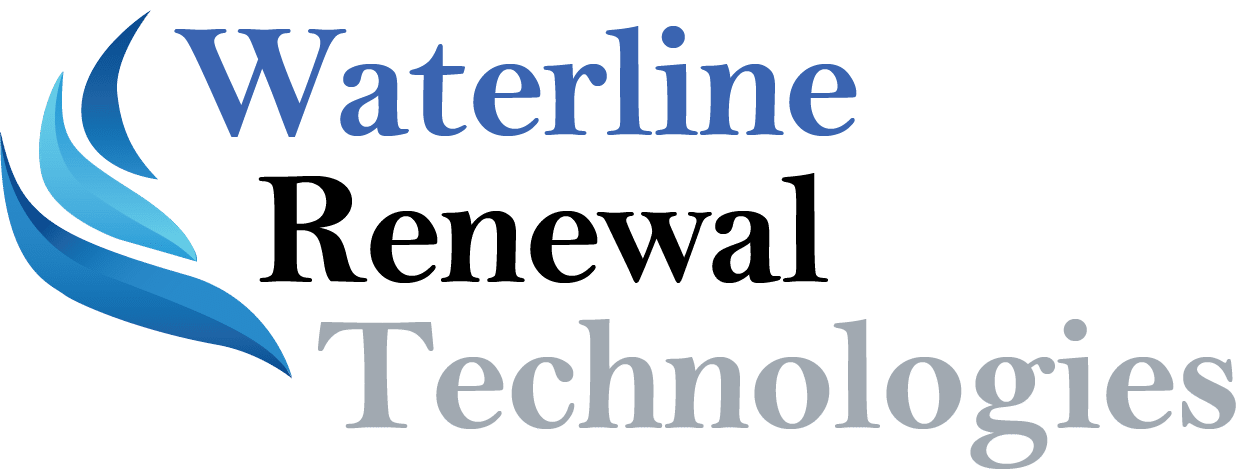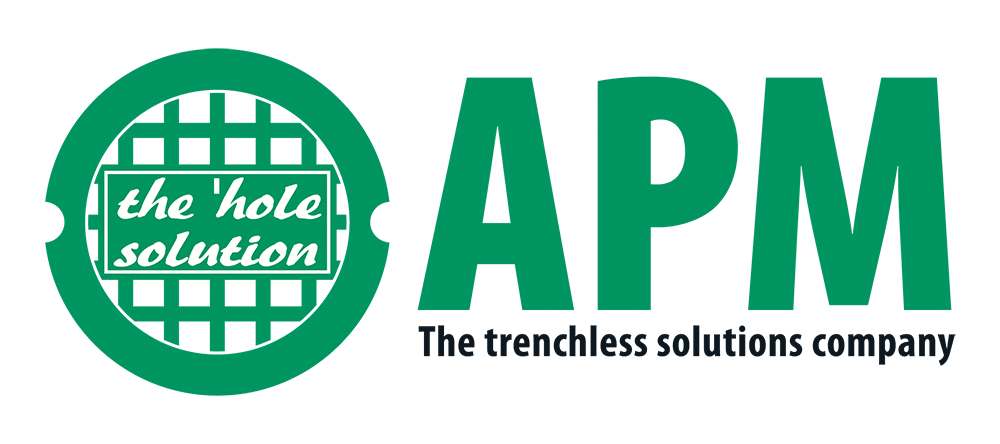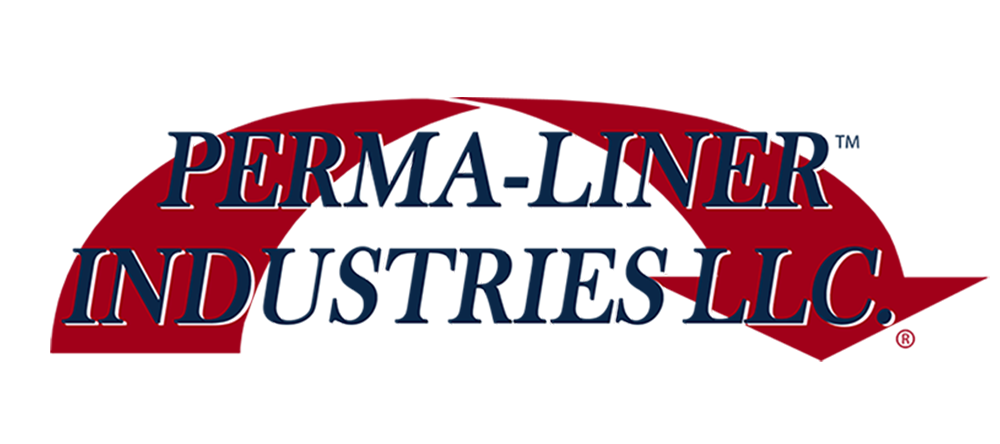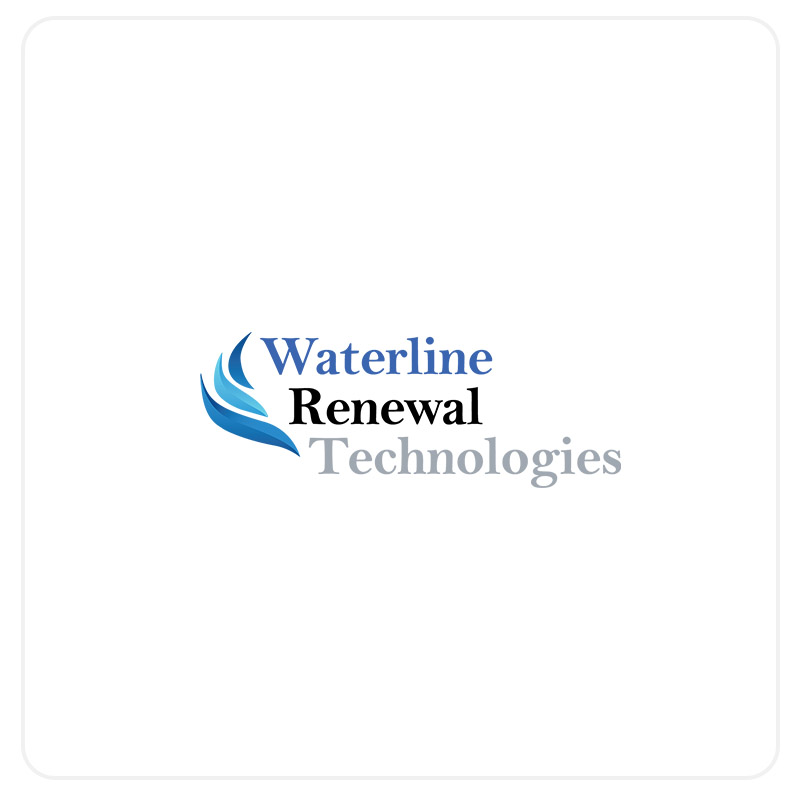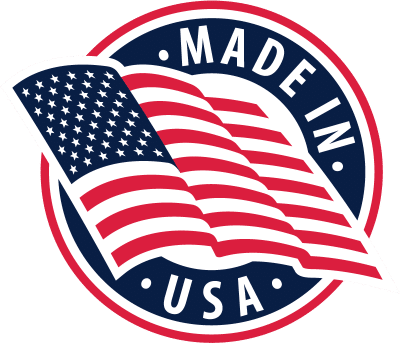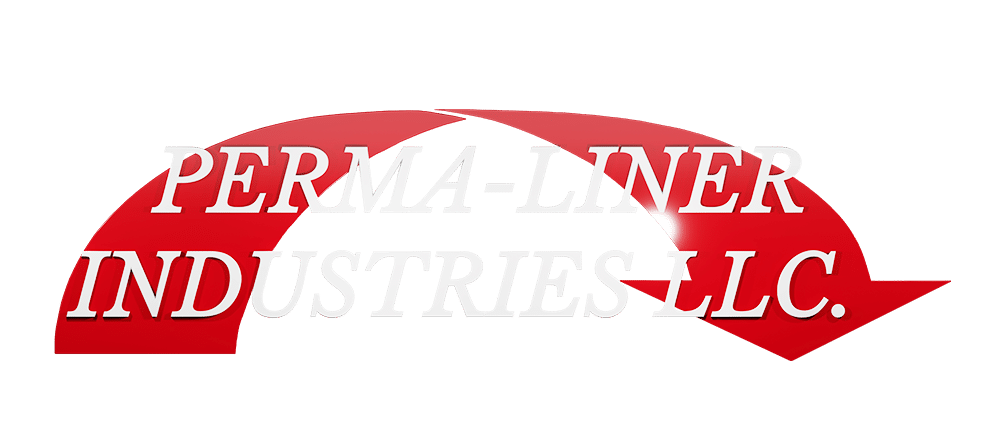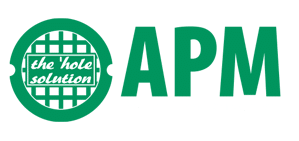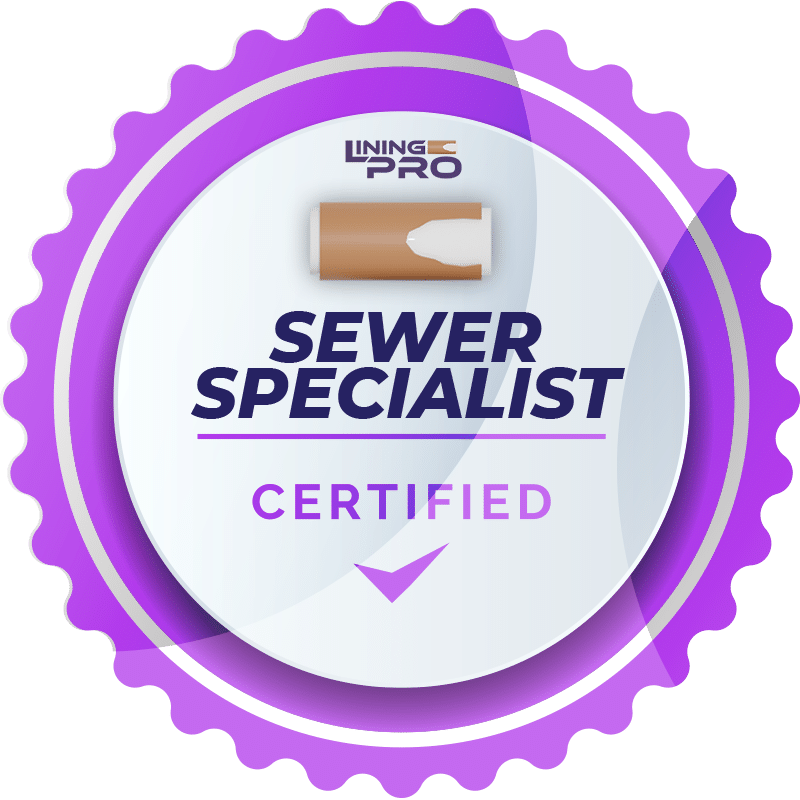For the past seven years, Milwaukee has been using a 50-foot-long river skimmer that cruises Port Milwaukee’s waterways several times a week to collect floating debris. But when it comes to attempts to clean up the river, their “solution” only touches the surface.
Each year since 1994, the district has exceeded the national goal set by the Clean Water Act (CWA) of removing 85 percent of raw waste during sewer wastewater treatment.
Milwaukee’s 28 communities served by the sewer and water department all own and operate their own sewer systems. The main district system amounts to 300 miles of infrastructure, which connects to community infrastructure supporting another 3,000 miles of private lateral lines.
With the chance of only one inch of rainwater soaking the area with 7.1 billion gallons of water, the district operates a private-property management program to assist residents in evaluating and updating their underground infrastructure.
The sewer department also promotes the development of green infrastructure such as rain gardens, porous pavement and stormwater trees, which are among several efforts that boosted Milwaukee to the status of national leader in clean-water management.
The Milwaukee Water Pollution Abatement Program launched in 1977 spawned today’s clean water initiatives. The program was the city of Milwaukee’s response to a 1972 U.S. Supreme Court decision in a 1969 public nuisance lawsuit brought against the city by the state of Illinois. The court ruled that nuisance complaints can apply to water quality issues. In 1977, Federal District Court ruled the city must modify its sewer system for improved water quality, including the elimination of its Combined Sewer Overflow (CSO) system by 1989.
Milwaukee isn’t the only Great Lakes city to adopt innovative methods of keeping water clean and managing sewage and stormwater. Buffalo, New York; Racine, Wisconsin; and Cleveland, Ohio have installed green infrastructure.
